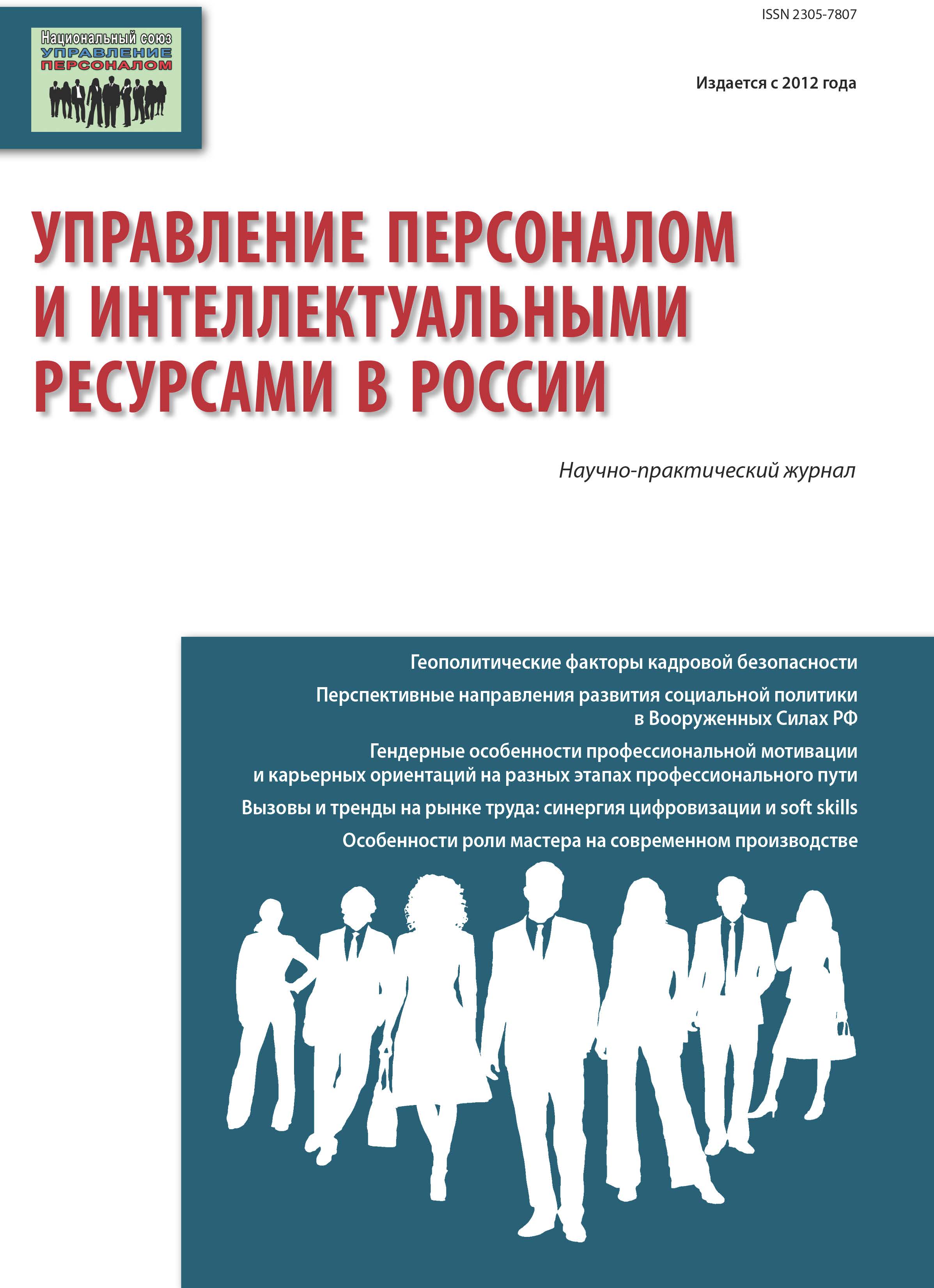Tyumen', Tyumen, Russian Federation
Russian Federation
Objective: to determine the resource for increasing the efficiency of migration flows into the Russian economy during a period of personnel shortage. Methods: generalization, abstraction and analysis of the dynamics and structure of labor migration and their determining factors. Results: Russian enterprises have been experiencing an acute shortage of personnel over the past 25 years. In the absence of internal sources of labor, the influx of foreign workers becomes a nomadic factor in ensuring the growth of national production. Conclusions: Modern external labor migration is characterized by a flow of unskilled labor, which hinders the development of technological progress, increased wages, productivity growth, etc. To cover the shortage of personnel, it is proposed to expand the attraction of foreign labor from countries with which we currently have a visa entry regime. However, the migration policy should be very competent, because we are in conditions of fierce competition for labor with the countries of Southeast Asia.
labor migration, personnel shortage, unemployment, labor market, labor force, personnel shortage
1. Ivahnyuk I. Trudovaya migraciya v Rossiyu: vzglyad cherez prizmu politicheskih, ekonomicheskih i demograficheskih tendenciy [elektronnyy resurs]: https://russiancouncil.ru (data obrascheniya 10.12.2023)
2. Koroleva A.M., Makhmudova M.M. International Migration Processes in the Russian Economy: An Analysis of Current Trends. // International Journal of Economic Research. 2016 — 13 (6) — R. 2437–2452.
3. Statisticheskie svedeniya po migracionnoy situacii [elektronnyy resurs]: https://mvd.rf
4. Ioncev V.A. Mezhdunarodnaya trudovaya migraciya v usloviyah «komfortnogo» rynka truda v Rossii // Teleskop: zhurnal sociologicheskih i marketingovyh issledovaniy. — 2023. — № 2. — S. 90–96. DOI: https://doi.org/10.24412/1994-3776-2023-2-90-96; EDN: https://elibrary.ru/AXNOWY
5. Rubinskaya E.D. Dinamika i struktura mezhdunarodnoy trudovoy migracii: global'nye trendy // DEMIS. Demograficheskie issledovaniya. — 2023. — № 1. S. 92–101. DOI: https://doi.org/10.19181/demis.2023.3.1.7; EDN: https://elibrary.ru/FOSLPW
6. Mahmudova M.M. K voprosu o regulirovanii trudovoy migracii v ekonomike Rossii // Voprosy upravleniya. 2016. — № 3. — S. 74–80. EDN: https://elibrary.ru/UFYMOE
7. Reynolds Katherine. Preparing for the 2030 Labor Market. [Electronic resource] Society for Human Resource Management Journal, November, 2019 — URL: https://www.shrm. org/hrtoday/news/hrmagazine/winter2019/Pages/preparingfor2030labormarket.aspx (data obrascheniya 10.12.2023)
8. Tkachuk K.V., Svistunov A.V. Vosproizvodstvennyy aspekt regulirovaniya mezhdunarodnoy trudovoy migracii //Konkurentosposobnost' v global'nom mire: ekonomika, nauka, tehnologii. — 2023. — № 5. — S. 152–156. EDN: https://elibrary.ru/PWENLP
9. Starovoytov A.A. Vysokokvalificirovannye specialisty v sisteme upravleniya inostrannym personalom // Upravlenie personalom i intellektual'nymi resursami v Rossii. — 2023. — T. 12. № 4. — S. 81–85. DOI: https://doi.org/10.12737/2305-7807-2023-12-4-81-85; EDN: https://elibrary.ru/NILJND
10. Rockwood Kate. How Accurate Are Personality Assessments? [Electronic resource] Society for Human Resource Management Journal, December, 2019 — URL: https://www.shrm. org/hr today/news/hr magazine/winter2019/Pages/howaccuratearepersonalityassessments.aspx
11. Borisova A.A., Ryazanceva I.V. Zaprosy biznesa: gotovnost' hrsistem otvechat' na vyzovy vremeni (po materialam Omskogo kadrovogo foruma, 2022) //Upravlenie personalom i intellektual'nymi resursami v Rossii. — 2022. T. 11. № 3. — S. 59–63. DOI: https://doi.org/10.12737/2305-7807-2022-11-3-59-63; EDN: https://elibrary.ru/YDCLBL






